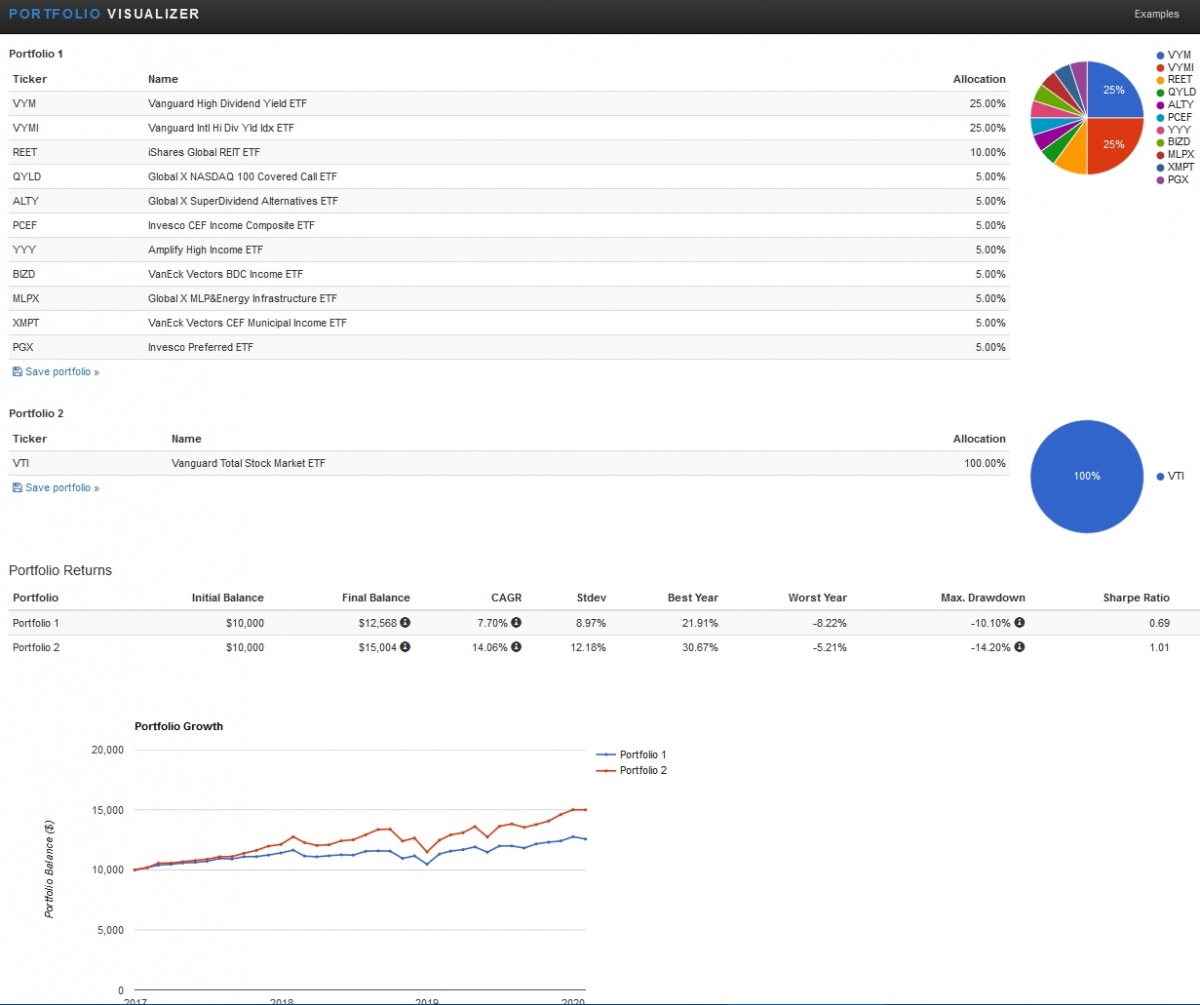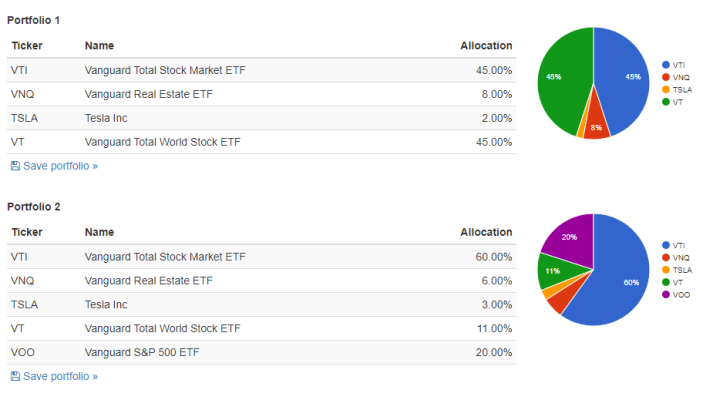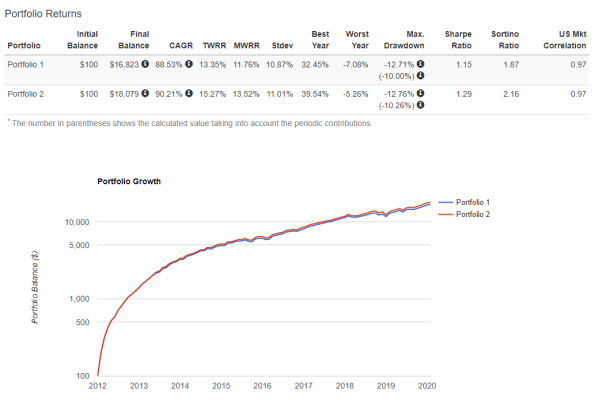I'm so confused by this process! @.@ Is this method explained on the Bogleheads website? I'm not sure when to know when a certain withholding exceeds a certain percentage.
WHEN to sell, is all relative to your risk appetite. FOR ME, I interpret owning a bunch of SMALL CAPITALIZATION companies... as a little MORE risky than owning a bunch of LARGER CAPITALIZATION companies (GOOGLE, APPLE, etc).
So when I start owning MORE small cap companies *In my example more than 30% BECAUSE I always try to hold 25% and if I own 30% it is 5% or more outside of my "threshold" aka RISK TOLERANCE I need to correct that course. Some "rebalance" by selling back into the right target A/A or for me, I just slowly DCA into the Target A/A...its *SORT OF like re balancing but I never need to really SELL anything... I don't like selling.
LOTS OF RISK = OWNING JUST GOOGLE
LOTS OF RISK = OWNING JUST LARGE CAPS like JUST VUG
LOTS OF RISK = OWNING NO LARGE CAP STOCKS
SIMPLE AND NOT MUCH RISK = VTI
A LITTLE LESS SIMPLE NOT MUCH RISK = 1/3 VBK 1/3 VOT 1/3 VUG
A LITTLE LESS SIMPLE A LITTLE MORE RISK = 1/4 VBK 1/4 VOT 1/2 VUG
Make sense?
It's just a simple pie at the end of the day. 1/4 of my pie is Small Cap companies, 1/4 of my pie is Mid Cap companies, and 1/2 of my pie is Large Companies (I take more risk by owning 50% LargeCap instead of 1/3, 1/3 and 1/3 equal asset mix)...
IF you are still accumulating, need not worry about bonds...stick to equities like your ETF



